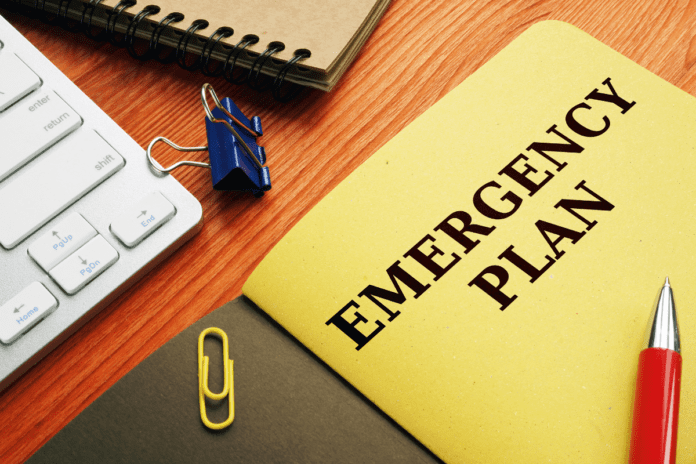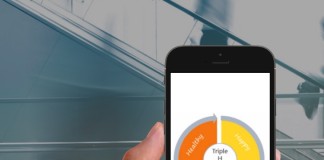Picture this: you wake up, and everything has changed. Roads are blocked, power’s gone, and you’re cut off from help. It sounds extreme, but with natural disasters happening more often, it’s a real possibility.
The good news? You can be ready. Preparing now can make all the difference in keeping your family safe. It’s simple – a little planning goes a long way. Want to know how to get started? Keep reading to find out how to stay ahead when disaster strikes.
Understanding Emergency Preparedness
Emergency preparedness means getting ready for unexpected events like disasters or accidents. This includes planning for things like hurricanes, fires, or medical emergencies. Being prepared helps reduce risk and ensures a better response when something happens.
A good plan is key to being prepared. The plan should include things like evacuation routes, ways to communicate, and medical help. It should also make sure supplies are ready when needed.
Training and practicing your plan is important. Knowing what to do reduces panic and builds confidence. Being prepared means having the right tools and staying calm during a crisis.
Creating Your Emergency Kit
An emergency kit is a crucial component of disaster preparedness, designed to sustain individuals for a minimum of 72 hours. It should contain essential supplies such as potable water, non-perishable food, a reliable flashlight, a comprehensive first aid kit, as well as tools like a multi-tool, whistle, and dust masks for personal safety. It is imperative to review and update the kit, ensuring the freshness of consumables and the inclusion of hygiene items to maintain comfort and health during an emergency.
Developing a Family Emergency Plan
Just as important as your emergency kit is your family’s emergency plan. This plan should address communication strategies, meeting points, and specific roles for each family member. For example, appoint someone to gather critical documents like passports and insurance information, while others may be responsible for food and water. Regularly practice evacuation routes so everyone knows what to do when an emergency arises.
Learn Lifesaving Skills
In addition to preparing your kit and plan, learning lifesaving skills should also be a priority. Knowledge of basic CPR and first aid techniques can make a significant difference in emergencies. Many organizations, including the American Red Cross, offer courses in these areas. Having these skills not only benefits you and your loved ones but can also help others in your community during a crisis.
Stay Informed and Get Ready
Emergency preparedness does not stop once you have your kit and plan. Stay informed about potential risks in your area. Sign up for alerts from local authorities regarding weather changes or emergencies. Being aware of your surroundings and knowing what to expect can arm you with the information you need to react promptly.
Be Ready for Anything
Emergency preparedness is a must for everyone. Build your emergency kit, create a family plan, and learn critical life-saving skills. These simple steps will give you the confidence to handle any crisis.
Don’t wait for disaster to hit-get prepared now and make sure you and your family are ready. Take action today, so you’re not caught off guard tomorrow. To stay informed, check out our blog for more tips and insights on emergency planning.





